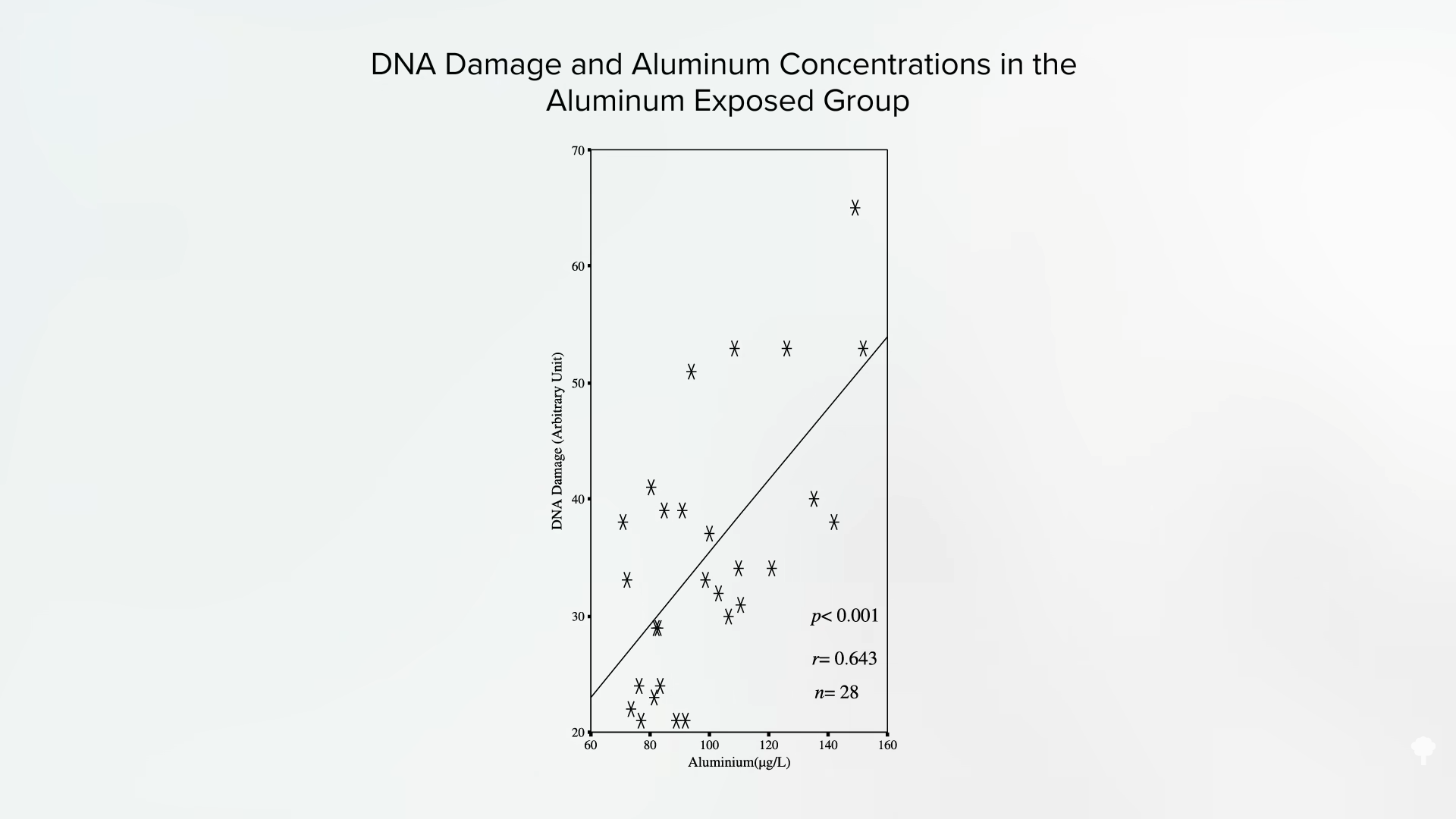DNA damage is assessed in users of aluminum cookware.
“Over the last decades, the toxicity of aluminum for humans has been heavily discussed and is still not completely clarified.” Those occupationally exposed to aluminum—for instance, in smelter plants—suffer from oxidative stress and free radicals that can damage their DNA. What about just using aluminum cookware? Articles like “Metal Exposures from Aluminum Cookware: An Unrecognized Public Health Risk in Developing Countries,” suggesting an “unrecognized public health risk,” were limited to the developing world where “cookware is made in informal shops by casting liquid aluminum melted from a collection of scrap metal,” including the likes of vehicle radiators, lead batteries, and computer parts, which is how you can get so much lead leaching into people’s food.
Then “The Relationship Between Plasma Aluminum Content, Lymphocyte DNA Damage, and Oxidative Status in Persons Using Aluminum Containers and Utensils Daily” was published, suggesting that aluminum itself may be harmful. Most of our aluminum exposure comes from processed junk food containing aluminum additives, “including those within some processed cheeses, baking powders, cake mixes, frozen dough, and pancake mixes.” However, about 20 percent of the daily intake of aluminum may come from aluminum cooking utensils, such as “pans, pots, kettles, and trays.”
Might this cause a problem? Researchers took blood from consumers who used aluminum cookware versus those who did not and found that not only did the aluminum users have twice the level of aluminum in their blood, as you can see below and at 1:33 in my video Are Aluminum Pots, Bottles, and Foil Safe?, but they had more free radical damage of their body fats and proteins. What’s more, the total antioxidant capacity of the bloodstream of those using aluminum cookware was compromised, so they suffered significantly more DNA damage.
Indeed, as you can see below and at 1:52 in my video, those with the highest levels of aluminum in their blood tended to suffer significantly more damage to their DNA. No surprise, since “aluminum is considered to be a pro-oxidant agent.”

These folks weren’t just casually using aluminum pots, though. Specifically, they use them every day to cook and store acidic foods, like yogurt and tomato sauce, which can leach out more aluminum. But, even using “camping dishes,” which tend to be aluminum since it’s so light, for just one week, could greatly exceed the tolerable weekly intake guidelines, especially for children, if you incorporated something acidic, like marinating a fresh catch in lemon juice. Once in a while won’t make much difference, but these findings suggest that you may not want to cook in aluminum day in and day out.
What about aluminum drinking bottles? They’re nice and light, but children drinking two cups a day of tea or juice from them could exceed the tolerable aluminum exposure limit. So, out of an abundance of caution, safety authorities like the German Federal Institute for Risk Assessment “recommend that consumers avoid the use of aluminum pots or dishes for acidic or salted foodstuffs such as apple sauce, rhubarb, tomato puree, or salt herring…thus prophylactically avoiding the ‘unnecessary ingestion’ of aluminum.”
What about aluminum foil? Wrapping and baking food in aluminum foil is a common culinary practice. The concern is that this could represent “a potentially hazardous source of aluminum in the human diet.” When put to the test, there was leakage of aluminum from the foil to the food, but the amount was so small that it would be more of an issue for small children or those suffering from diminished kidney function.
What about just wrapping food in foil to store it in the refrigerator? Only marginal increases in aluminum are seen—except when the food is in contact with the foil and, at the same time, certain other types of metal, such as stainless steel, which is largely iron. That sets up a battery and “can lead to tremendous food aluminum concentrations.” For example, as you can see below and at 4:34 in my video, the aluminum levels in a ham before and after a day coveredin foil are negligible; there’s hardly a bump in the foil-covered ham. But, if that same foil-wrapped ham sits on top of a steel tray or serving plate for a day, the aluminum levels in the ham shoot up.

Finally, you know how aluminum foil is often glossy on one side and dull on the other? Which would be worse? Fish fillets were baked and grilled both ways, wrapped with the glossy side out versus the dull side out, and no significant difference was found.
This is the first in a series of three videos on cookware. Stay tuned for Stainless Steel or Cast Iron: Which Cookware Is Best? Is Teflon Safe? and Are Melamine Dishes and Polyamide Plastic Utensils Safe?.
I’ve discussed aluminum in antiperspirants, food, medications, and tea. Check out the related posts.




